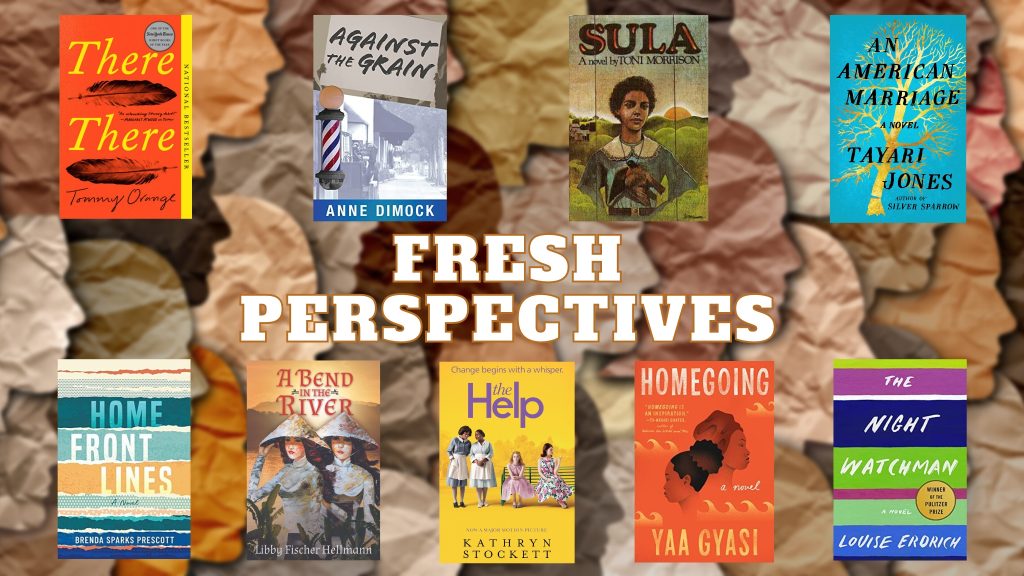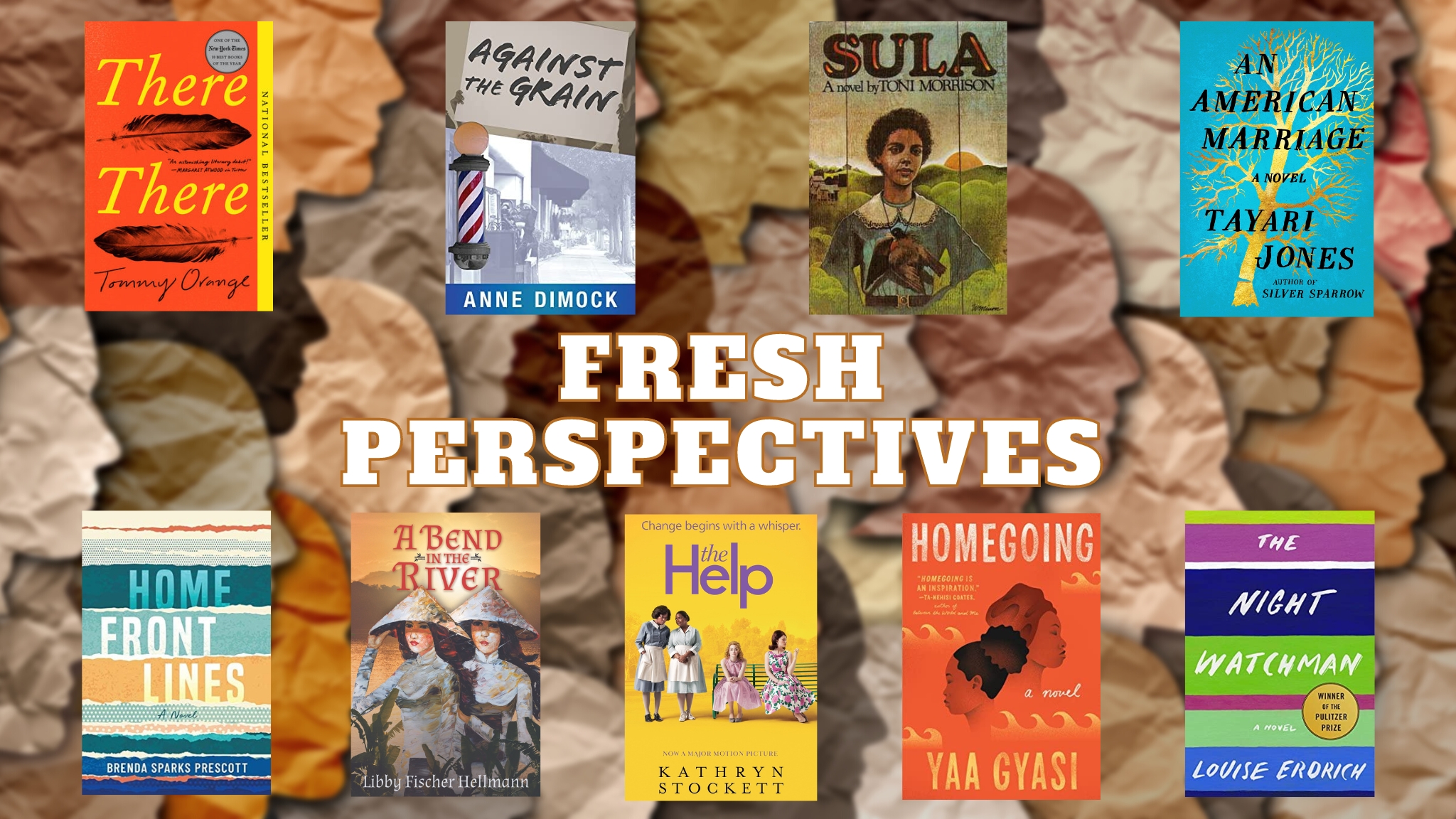
I’m sure you’ve heard the old saying: try walking a mile in another person’s shoes. It’s meant to warn you against judging someone without first trying to see things from their perspective, a concept that’s been especially important in race relations. Members of marginalized groups — those based on race, gender, sexuality, religion and so forth — have historically been cast aside and stepped on when labeled “other” by society.
But when every single person has their own unique story to tell — their own experiences, histories and memories — our responsibility to understand and empathize with others can seem daunting. How can we possibly understand each other when we can’t actually walk in their shoes?
Well, here are nine authors who stood up to the challenge!
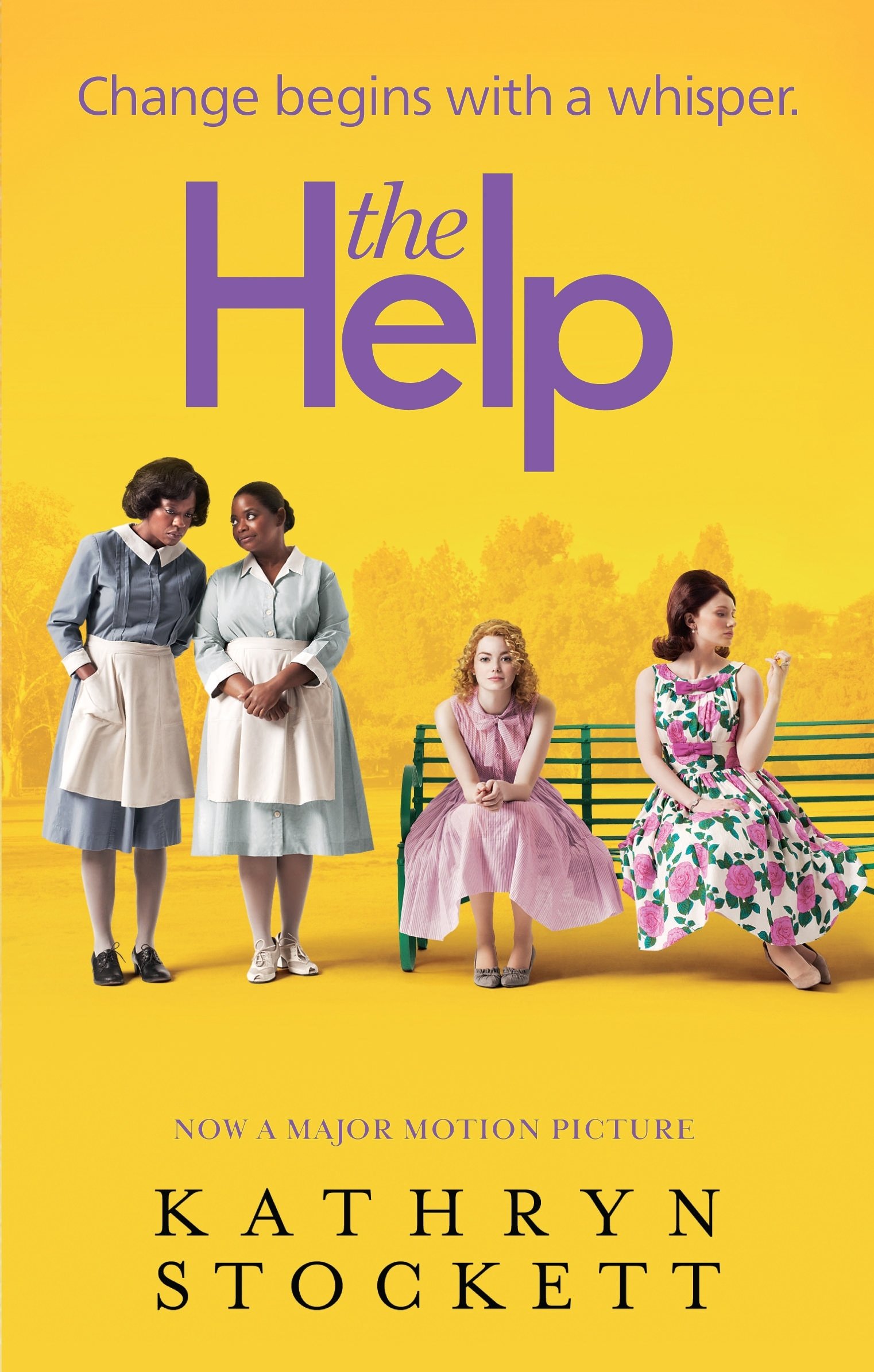
The Help by Kathryn Stockett
This #1 New York Times bestselling novel took the nation by storm soon after its publication, inspiring the Academy Award-winning blockbuster film, and receiving praise across the board as a “must-read” novel. The story follows three women in 1962’s Jackson, Mississippi, who embark on a project to reveal the racist treatment of Black domestic workers in the South.
Aibileen, a middle-aged black maid of poise and wisdom, raises her 17th white child while wrestling with her own personal losses and slowly filling with bitterness. Minny, Aibileen’s best friend and fellow maid, wise-cracking and outspoken with a fiery temper, faces an abusive homelife and struggles to understand her new kind-hearted, naïve employer. Skeeter, a young, educated white woman from a wealthy family, dreams of becoming a famous author, but her mother continuously berates her about the necessity of marriage. Together, these three unlikely allies tell their stories, despite the dangers looming overhead, and in the end, forever change their town.
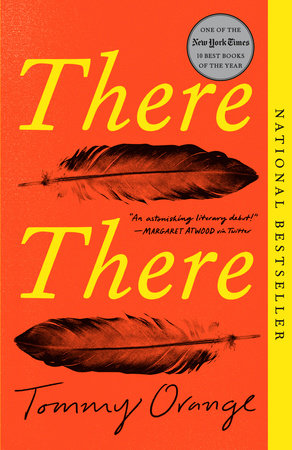
There, There by Tommy Orange
This national bestselling novel tells the stories of 12 people of Native American descent in Deep East Oakland, where crime is so rampant a failing mall has been turned into a police station. “Urban Indians feel at home walking the shadow of a downtown building,” writes Orange. “We came to know the downtown Oakland skyline better than we did any sacred mountain range, the redwoods in the Oakland Hills better than any wild deep forest.” There, There’s characters, an array of Urban Indians across the American West, have diverse lives — from Tony Loneman, a young drug dealer with fetal alcohol syndrome, and Edwin Black, who dreams of becoming a writer, to Jacquie Red Feather, a newly sober substance abuse counselor whose teen grandson, Orvil, enjoys traditional Cheyenne dance. All are connected in ways they don’t yet realize, but fate will find them when they converge at the Big Oakland Powwow. (Read BookTrib’s review here.)
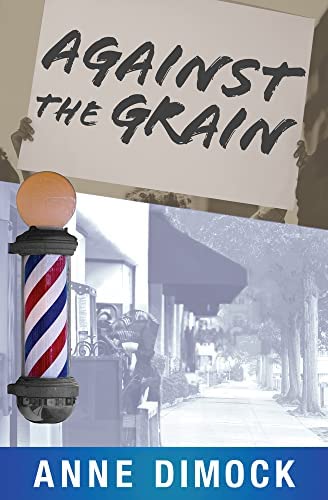
Against the Grain by Anne Dimock
This novel explores a tumultuous time in U.S. history from a variety of viewpoints to show how the same sequence of events can impact different lives in enormously different ways. In Jamestown, New Jersey at the height of the civil rights movement, the story is centered around Fleur Williams, a Black high school junior, as she navigates a new job at a high-end jewelry store as the first Black worker on Main Street. Characters collide as the town slowly shifts towards integration and Fleur questions her future and makes a bold move for her own independence and equality.
Carefully constructed, alternating points of view — from Fleur, her father, an Italian barber, a Catholic priest and more — show that, for some characters, race relations are a persistent background topic, while for others they are at the center of everything. Race relations, complicated town politics and family drama are expertly woven into this character-driven novel. Against the Grain’s pleasant prose creates a thoughtful portrait of a time period in the not-too-distant past and reveals its implications in today’s society. (Read BookTrib’s review here, and the author’s essay here.)
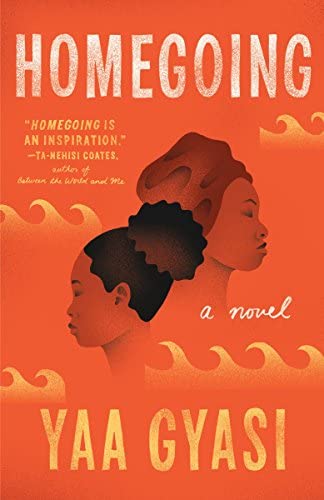
Homegoing by Yaa Gyasi
Gyasi’s debut novel tells the parallel stories of two half-sisters and generations of their descendants, two bloodlines shaped by the colonial forces of history. Born in 18th-century Ghana in separate villages, unaware of the other’s existence, half-sisters Effia and Esi walk very different paths. While Effia is married off to an Englishman and pursues a life of comfort within a castle, Esi is imprisoned in that same castle’s dungeons and shipped off to America. What ensues is a collection of stories linking Esi’s and Effia’s descendants across the Atlantic — from the Southern plantations and Harlem jazz clubs of America to the warring nations, slave trade and British colonialism of Ghana. In Homegoing — whose name stems from the African American belief that death allowed an enslaved person’s soul to return to Africa — Gyasi explores the ideas of family, memory and history for those of African descent, and asks what it truly means to go home.
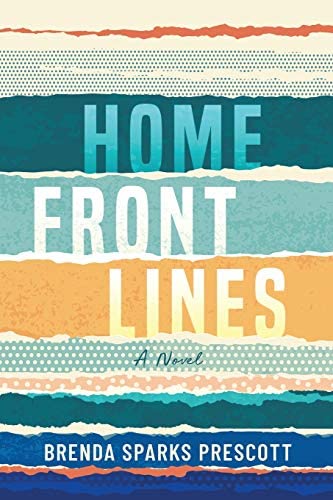
Home Front Lines by Brenda Sparks Prescott
A story that reveals the strength and determination of women from different cultural backgrounds during a time when women were thought of as weak and inferior. The novel follows two sets of mothers: African American military wives based outside Washington D.C., and Cuban sisters in Matanzas, Cuba. While keeping their husbands in the dark, these mothers will do whatever it takes to protect their children during the impending Cuban Missile Crisis. Home Front Lines (Bedazzled Ink) is a timeless novel of female agency, especially for women of color, and exposes the consistent truths of motherhood. They may be on opposite sides of the conflict, but they all share the same heart.
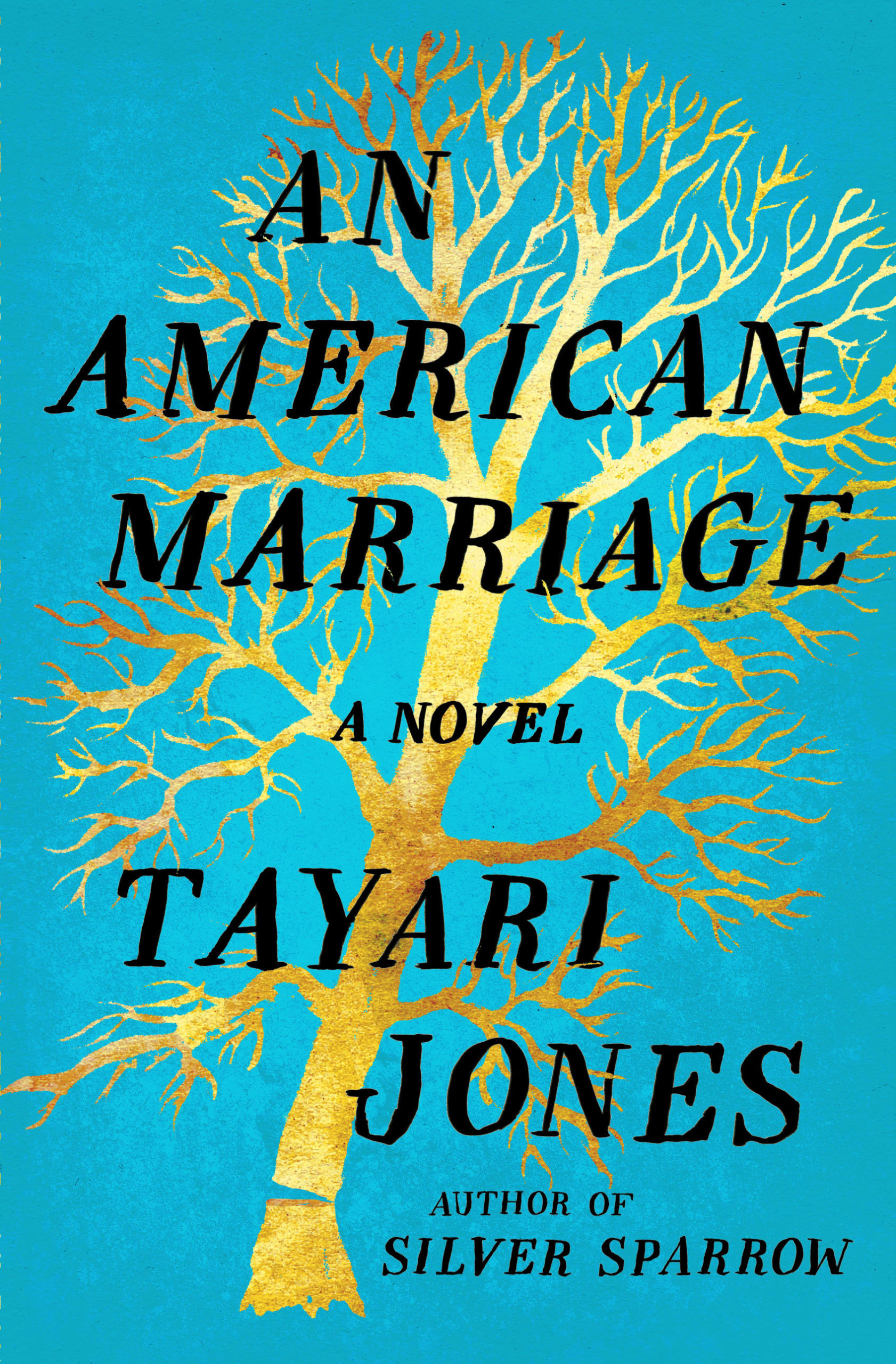
An American Marriage by Tayari Jones
As an addition to President Barack Obama’s 2018 Summer Reading List, the novel follows the story of newlyweds Roy and Celestial, whose lives are turned upside down after Roy is sentenced to twelve years in prison for the rape of a white woman, a crime of which Celestial knows Roy is innocent. While they exchange letters and she visits as often as she can, Celestial still finds herself alone and grieving and turns to a childhood friend, Andre, for support. As Roy struggles with life behind bars, meeting characters both intriguing and frightening, Celestial must balance her independence and her loyalty, her desires and society’s expectations. In An American Marriage (Algonquin Books), Jones tells a heartbreaking love story in which no one is wrong and everyone is hurt, a timely and powerful story too many Americans face today.

A Bend in the River by Libby Fischer Hellmann
A story centered on two young South Vietnamese sisters, Tâm and Mai, whose bucolic childhoods in the Mekong Delta change forever when U.S. soldiers invade their small village one morning in March 1968 to hunt down Viet Cong. With a combination of Tâm’s practical maturity and Mai’s people skills, the two girls manage to escape and paddle their way toward Saigon, but once they arrive in the big city, their philosophies toward life clash and the two part ways. Over the next ten years, neither one is aware of whether the other is still alive as they struggle to survive a war that breaks their country in half.
As happens in civil war, no one trusts the other side, and even two sisters who love each other wonder if the other can be trusted. Will they ever reunite? A Bend in the River is a thought-provoking read. It offers interesting nuance and added depth to a war we thought we knew but maybe did not entirely understand. (Read BookTrib’s review here.)
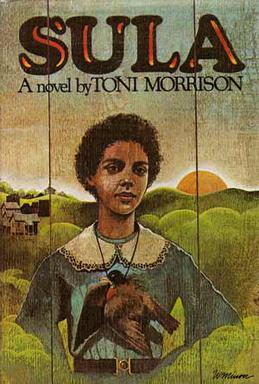
Sula by Toni Morrison
From Nobel Prize winner Toni Morrison comes the divergent stories of Black womanhood. The novel follows the lives of Nel Wright and Sula Peace, two black girls living in The Bottom, an impoverished black community nestled below the wealthy white town of Medallion, Ohio. Through an omniscient narrator, readers glimpse the lives of Nel and Sula, close childhood friends, as well as a varying ensemble of characters — including the recurring and strange presence of Shadrack, a World War I veteran and hermit with a strange New Year’s tradition.
Once close childhood friends, Nel and Sula part ways and grow up to become contrasting pictures of the other: Nel stays in the Bottom to become the standard picture of femininity, motherhood and reliability within her community, while Sula moves away to attend college and see the world, returning to the Bottom as a city-loving rebel and seductress. Upon meeting again, their friendship is put to the test as the two face the consequences of their choices. Through Morrison’s dual portraits of good and evil, Sula reveals what it means — and what it costs — to be a Black woman in America.
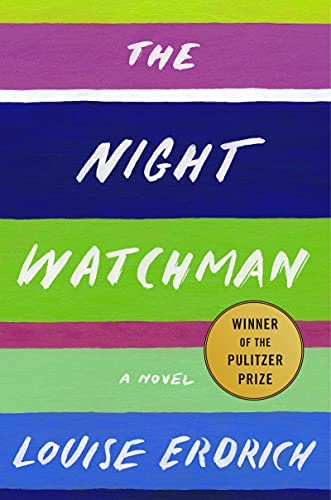
The Night Watchman by Louise Erdrich
This story, set in a hardscrabble North Dakota reservation during the early 1950s, depicts a community at a crossroads, where strained relationships bring pain and pleasure, and the past is always inserting itself into the present. At the center of Erdrich’s novel are Pixie, an intelligent, ambitious teenage girl on the threshold of romantic and sexual discovery, and Thomas, a middle-aged night watchman at the local factory where a workforce of young women hangs on to grueling low-paying jobs. While Pixie and Thomas pursue their goals, the government’s persecution of Native Americans casts a long shadow, leaving a trail of broken treaties that should have endured “as long as the grass grows and the river flows.”
A compelling cast of characters — including a semi-hibernating bear and a psychic dog named Edith — populate The Night Watchman (Harper Collins). Erdrich treats her characters with compassion, revealing their deepest desires and ambitions and, most of all, their drive to maintain their place in the world. (Read BookTrib’s review here.)

